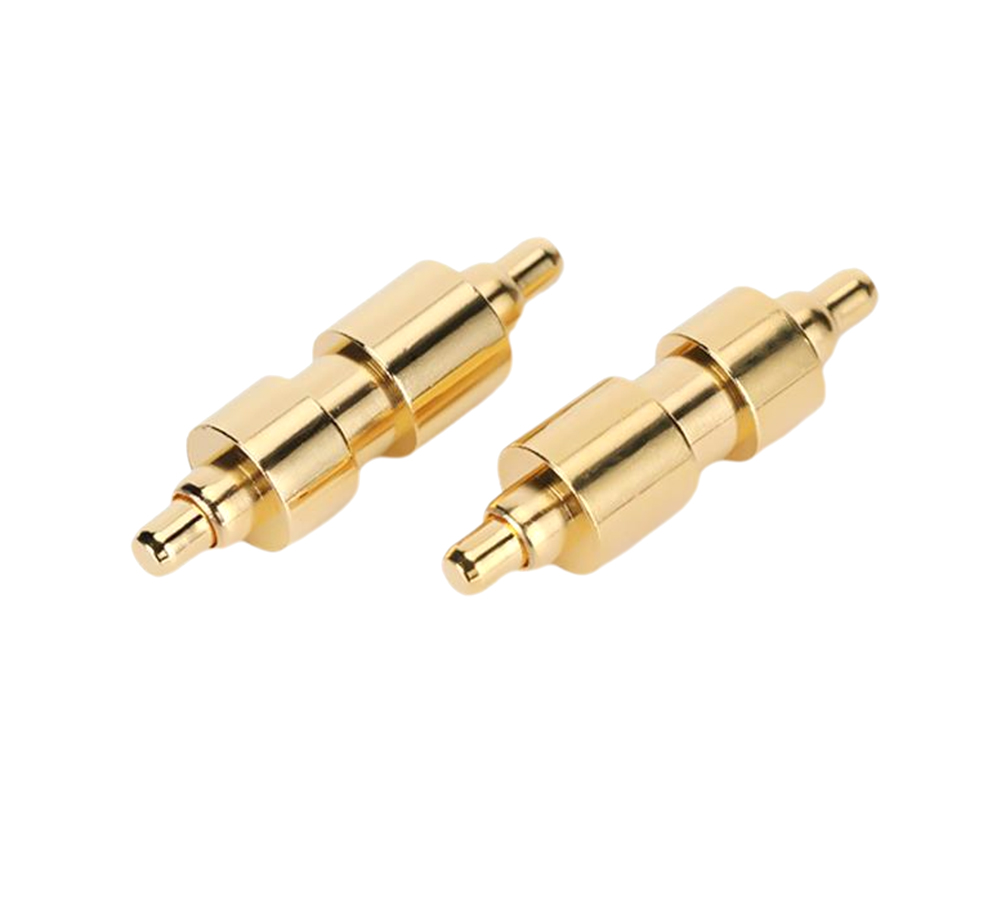Time:2025-05-24 Views:1 source:News

Pogo pins play a critical role in aviation SMT (Surface Mount Technology) electronic equipment, where reliability, precision, and durability are non-negotiable. In aircraft systems, SMT-based components such as avionics modules, navigation systems, and communication devices rely on pogo pins for high-reliability electrical connections. These spring-loaded connectors are essential for establishing secure, temporary interfaces in applications like modular device testing, quick-release connections, and maintenance-friendly designs.
In aviation, SMT electronic equipment must withstand extreme conditions, including high vibration, temperature fluctuations, and electromagnetic interference (EMI). Pogo pins designed for aviation applications are typically constructed with corrosion-resistant materials like beryllium copper or stainless steel, ensuring long-term performance in harsh environments. For example, during the testing of SMT-mounted circuit boards in avionics, pogo pin test fixtures provide precise contact with solder pads, enabling rapid electrical validation without damaging the delicate SMT components. The spring-loaded design of pogo pins compensates for minor misalignments in board placement, ensuring consistent connectivity even in high-vibration scenarios.
Moreover, aviation SMT systems often require modular designs for easy replacement of faulty components. Pogo pins facilitate quick mating and de-mating of modules, reducing downtime during maintenance. For instance, in an aircraft’s radar system, SMT-based transceiver modules may use pogo pins to connect with the main control unit. This design allows technicians to swap out a malfunctioning module in minutes, a critical advantage in aviation where operational readiness is paramount. The pins’ ability to maintain low contact resistance (typically <50 milliohms) and high current-carrying capacity (up to 5 amps in some designs) ensures stable power and signal transmission, even in high-frequency applications like satellite communication links.
However, designing pogo pins for aviation SMT equipment requires strict adherence to industry standards such as RTCA/DO-160 for environmental testing. Pins must undergo rigorous validation for shock, vibration, and temperature cycling to ensure they do not fail during flight. Additionally, EMI shielding is often integrated into pogo pin connectors to prevent interference with sensitive avionics signals. As aviation electronics increasingly adopt smaller, more powerful SMT components, pogo pins will continue to evolve, with miniaturization (e.g., sub-1mm diameter pins) and enhanced thermal management becoming key development areas.
Read recommendations: